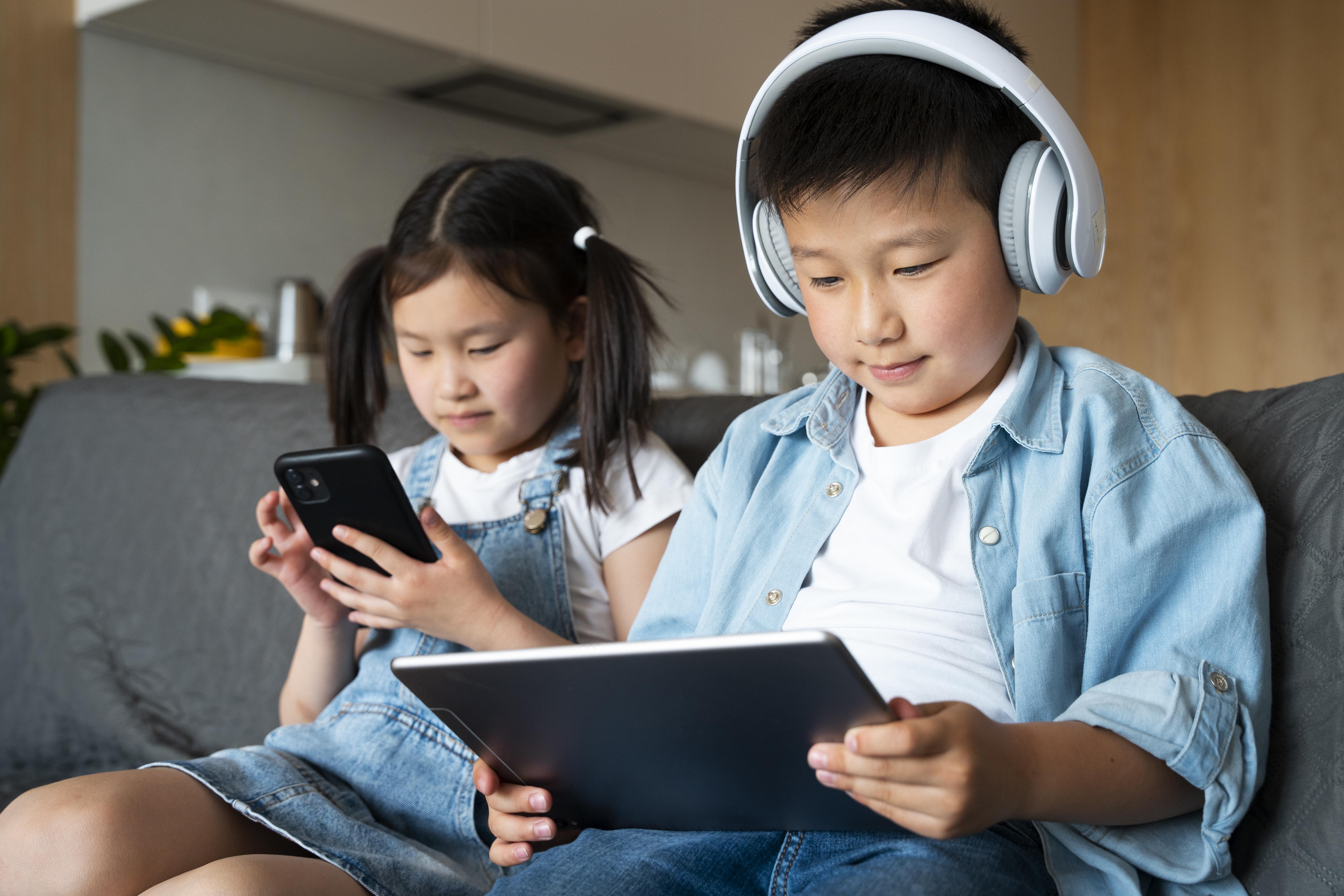Growing Screen Time, Growing Vision Concerns: Protecting Children’s Eye Health in a Digital World
With digital devices becoming central to both learning and play, children are spending more time than ever in front of screens. Unfortunately, this rise in screen time has led to an increase in vision issues among children worldwide, including in Malaysia.
Studies show that globally, nearly 30% of school-aged children experience myopia (nearsightedness), a statistic that is climbing each year. In Malaysia, a recent survey revealed that over 20% of children have some form of vision impairment. This rise is linked to prolonged screen time, especially during the COVID-19 pandemic, when virtual learning became essential.
Several factors contribute to this trend. The blue light emitted from screens can cause eye strain and disrupt sleep, while focusing on close-up screens for extended periods may lead to digital eye strain or even contribute to the development of myopia. Limited outdoor time is another factor; natural sunlight is known to support healthy vision development, and children spending more time indoors tend to have higher rates of myopia.

Parents and caregivers can help protect children’s eyes by encouraging regular breaks with the 20-20-20 rule: every 20 minutes, look at something 20 feet away for at least 20 seconds. Prioritizing outdoor play also allows children’s eyes to relax from close-up screen focus. Practicing good screen habits—such as setting appropriate brightness, avoiding screens in dark environments, and keeping devices at a safe distance from the eyes—can also reduce strain.
In addition to these habits, eye health supplements and foods that are rich with nutrients thacan support children’s vision are particularly beneficial, such as lutein and zeaxanthin. Lutein and zeaxanthin act as natural filters against blue light, helping to protect the retina and maintain visual sharpness. Vitamins C and E are also powerful antioxidants that shield eye tissues from oxidative stress, promoting long-term eye health.
As digital devices become essential in daily life, it’s crucial to balance their benefits with proactive eye care. By practicing good screen habits and considering dietary support, we can help children maintain bright, clear eyesight in our fast-changing, screen-centric world.
References
-
World Health Organization (WHO): World report on vision. Geneva: WHO, 2019. This report discusses global vision health trends and the impact of screen time on vision issues, including myopia in children.
-
American Optometric Association: Digital Eye Strain and Myopia Management in Children. This provides information on digital eye strain, myopia, and best practices to mitigate eye strain for children.
-
Ministry of Health Malaysia: National Eye Survey (NES) Malaysia. This survey provides statistics on visual impairment in Malaysia, including data on children’s eye health.
-
American Academy of Ophthalmology: Recommendations on children’s screen time and its potential impact on eye health.
-
Research on Eye Supplements: Various studies on lutein, zeaxanthin, and other antioxidants for eye health, such as "Lutein and Zeaxanthin Isomers in Eye Health and Disease" (Nutrients, 2020), which details their benefits for retinal protection against blue light.




